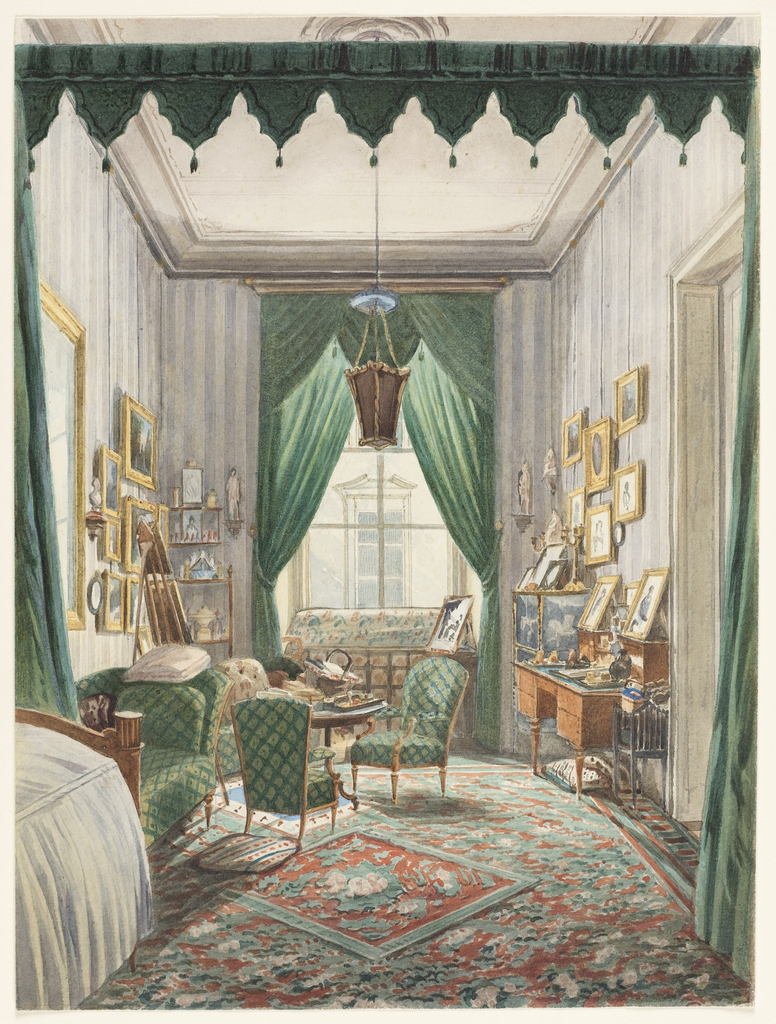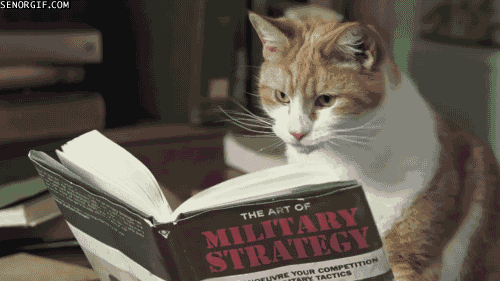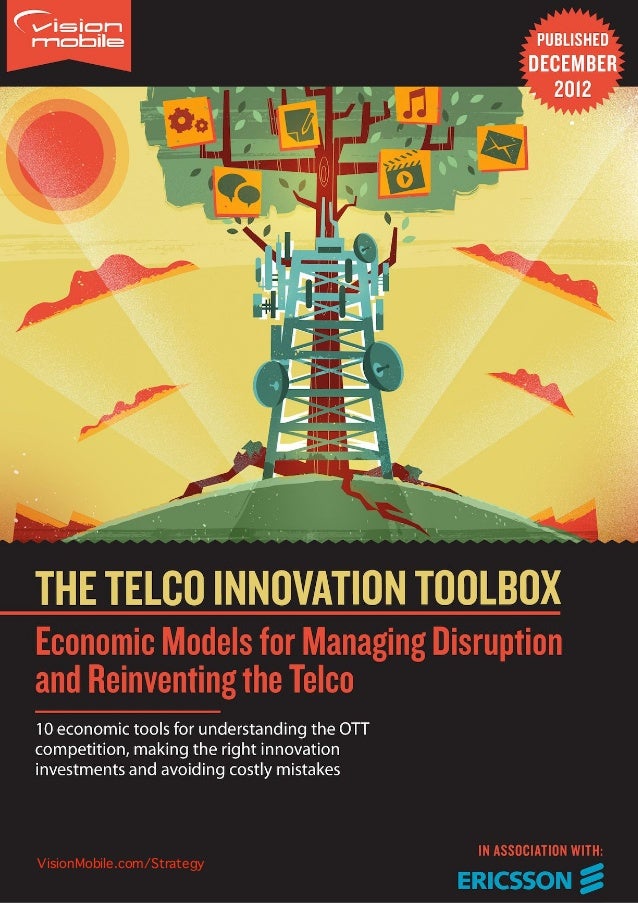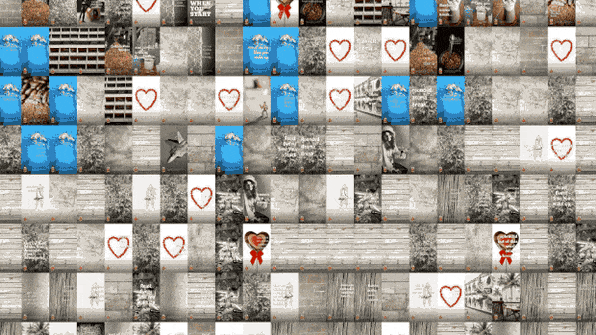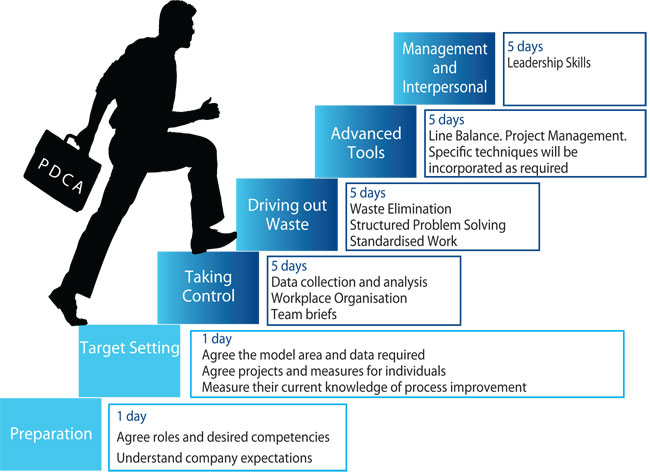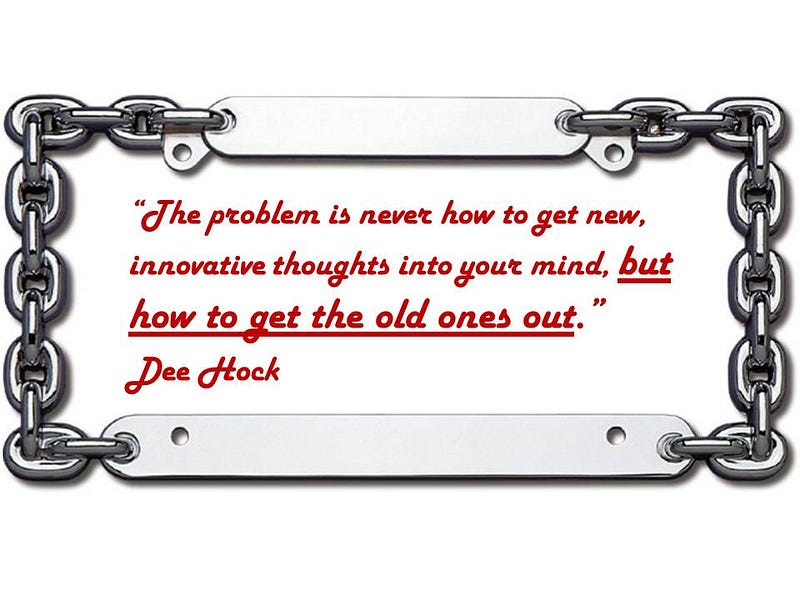Field Trip Assignment
Instrutions
The most efficient and effective way of making a change in your life is making or having a major structural change. (Move to a different part of the country, learn a new language, get married, have a child, etc.) We have a simpler activity.
Directions
1. Take a trip to a place you have never been before or visited a long time ago. You can also take a virtual trip on the Google Earth, visit a part of town you have never been before; an art museum, another city or small town, tour local industry…you decide.
St. Petersburg (Russian, Санкт-Петербург About this sound / sankt pʲɪtʲɪrburk / (? · I), Sankt-Peterburg) is the second most populous city in Russia with 5,026,000 inhabitants (2013) and a metropolitan area of 5 , 85 million. It is located in the Region of Leningrad, name that shared with the city during the Soviet time (1924-1991). The other names of the city were Petrograd (in Russian, Петроград, Petrograd, from August 31, 1914 until January 24, 1924) and Leningrad (in Russian, Ленинград, Leningrad, after Lenin's death on 24 January 1924 through September 6, 1991).
It was founded by Tsar Peter the Great on May 27, 1703 with the intention of making it the "Russian window into the Western world." 2 From then on it became the capital of the Russian Empire for more than two hundred years. When the Russian Revolution broke out, the city was the center of the rebellion. In March 1918 the capital was transferred to Moscow. In January 1924, after the Bolshevik victory, the creation of the Soviet Union (1922) and the death of Lenin (1924), St. Petersburg changed its name to Leningrad, in honor of the Lenin communist leader. During World War II, the 29-month site of Leningrad took place, in which the Germans constantly bombarded the city and blocked it so that it could not be supplied. After the defeat of Germany in 1945, the city was named Heroic City by the Soviet authorities. When the USSR disappears with the collapse of communism, the city was renamed St. Petersburg and has become an important economic and political center of present-day Russia.
St. Petersburg is now the second largest city in the Russian Federation and one of the largest in Europe. The center of the city and other monuments of its surroundings have been considered a World Heritage Site by UNESCO since 1990.3 St. Petersburg is also the seat of the Constitutional Court of Russia.
It was founded by Tsar Peter the Great on May 27, 1703 with the intention of making it the "Russian window into the Western world." 2 From then on it became the capital of the Russian Empire for more than two hundred years. When the Russian Revolution broke out, the city was the center of the rebellion. In March 1918 the capital was transferred to Moscow. In January 1924, after the Bolshevik victory, the creation of the Soviet Union (1922) and the death of Lenin (1924), St. Petersburg changed its name to Leningrad, in honor of the Lenin communist leader. During World War II, the 29-month site of Leningrad took place, in which the Germans constantly bombarded the city and blocked it so that it could not be supplied. After the defeat of Germany in 1945, the city was named Heroic City by the Soviet authorities. When the USSR disappears with the collapse of communism, the city was renamed St. Petersburg and has become an important economic and political center of present-day Russia.
St. Petersburg is now the second largest city in the Russian Federation and one of the largest in Europe. The center of the city and other monuments of its surroundings have been considered a World Heritage Site by UNESCO since 1990.3 St. Petersburg is also the seat of the Constitutional Court of Russia.

St. Petersburg is home to more than 200 museums, many of them housed in historic buildings. The largest of the museums is the Hermitage Museum, with interiors of the former imperial residence and a vast collection of art. The Russian Museum is a large museum dedicated to Russian art in particular. Alexander Pushkin, Fyodor Dostoyevsky, Nikolai Rimsky-Korsakov, Feodor Chaliapin, Alexander Blok, Vladimir Nabokov, Anna Ajmatava, Mikhail Zoshchenko or Joseph Brodsky, as well as some sets of palaces and parks have also become public museums. Of the southern suburbs and remarkable architectural monuments, such as St. Isaac's Cathedral.
The Kunstkamera, with its collection created in 1714 by Peter the Great of curiosities from around the world, is considered as the first museum of Russia, which is currently the Museum of Anthropology and Ethnography Peter the Great. The Museum of Ethnography of Russia, which has been separated from the Russian Museum, is dedicated to the cultures of the peoples of Russia, the former Soviet Union and the Russian Empire.
Other notable museums include the Central Naval Museum, housed in the former stock exchange building, and the Zoological Museum, Railway Museum, Leningrad Site Museum, Erarta Museum of Contemporary Art, the largest non-governmental museum organization Of contemporary art in Russia, St. Petersburg History Museum in the fortress of St. Peter and St. Paul and the Artillery Museum, which in fact includes not only the artillery elements, but also a huge collection of other military equipment, uniforms and Decorations
St. Petersburg
5-day St. Petersburg tour program
Variant 1 5 day tour -> 5 day tour in St.
Petersburg
Day 1: panoramica + cathedrals, churches + metro
9 30 meeting at the hotel
9 30 - 15 00 cityscape (of course with photo
stops) with visits included in its emblenmaticos places - the fortress of San
Pedro and San Pablo and its cathedral (Panteon of the Russian emperors), Blood
Church Spilled, Cathedral San Isaak (these churches have no cult, they are
museums), the Cathedral of Our Lady of Kazan (has worship), Church of St.
Nicholas of the sea (has worship), METRO
Approx 15 30 return to the hotel
 Day 2: Hermitage + Jewelery, walk along the canals and the Neva river
Day 2: Hermitage + Jewelery, walk along the canals and the Neva river10 00 meeting at the hotel
10 30 - 14 30 excursion to the Hermitage (panoramic tour - visit the most luxurious rooms of the main residence of the Russian Tsars (Palace of Inviernno) and see the most famous works of the art gallery also distributed in the palatial rooms of the others Three palaces that form the museum of Hermitage) + Set of Jewels
15 00 - 16 00 pause to eat at your account or lunch included
16 30 - 17 30 ride in the little boat rented by the canals and the river Neva
Approx 18 00 return to the hotel
Day 3: summer residences of Catherine II in Pushkin and Paul I in Pavlovsk
9:00 am meeting at the hotel and departure to Catalina's residence in Pushkin
10 00 - 12 00 visit to the Palace of Catalina II (with Ambar room) and gardens
Transfer to Paul's residence in Pavlovsk (it is located about 10 km so we always combine these two visits)
12 30 - 14 30 visit to the Palace of Pablo I
If you wish, lunch in the famous restaurant Podvorie of traditional Russian cuisine located in Pavlovsk
back to the hotel
9:00 am meeting at the hotel and departure to Catalina's residence in Pushkin
10 00 - 12 00 visit to the Palace of Catalina II (with Ambar room) and gardens
Transfer to Paul's residence in Pavlovsk (it is located about 10 km so we always combine these two visits)
12 30 - 14 30 visit to the Palace of Pablo I
If you wish, lunch in the famous restaurant Podvorie of traditional Russian cuisine located in Pavlovsk
back to the hotel
Day 4: summer residences of Peter I and Nicolas I in Petergoff
8 45 departure to the residence of Peter I in Petergoff
10 00 - 14 00 visit the Grande Palace of Pedro I, parks with fountains and the Private Palace of Nicolas I called Cottedge (if you want you can eat something fast in a cafeteria in the park, not included, to your account)
Approx 15 30 return to the hotel
NOTE If you wish, the program of this day can be completed by the excursion to Kronstadt, fortress city on the island of Kotlin, former naval base of the Russian navy, there is the famous Naval Cathedral
Or for the excursion to the residence of Catherine II and Peter III in Oranienbaum (CCЫЛКА) with the Grand Palace and / or Chinese Palace
8 45 departure to the residence of Peter I in Petergoff
10 00 - 14 00 visit the Grande Palace of Pedro I, parks with fountains and the Private Palace of Nicolas I called Cottedge (if you want you can eat something fast in a cafeteria in the park, not included, to your account)
Approx 15 30 return to the hotel
NOTE If you wish, the program of this day can be completed by the excursion to Kronstadt, fortress city on the island of Kotlin, former naval base of the Russian navy, there is the famous Naval Cathedral
Or for the excursion to the residence of Catherine II and Peter III in Oranienbaum (CCЫЛКА) with the Grand Palace and / or Chinese Palace
Day 5: Palace of Princes Yusupov + Russian Museum
10 00 meeting at the hotel
11 00 - 13 00 visit to the Palace of the princes Yusupov
13 30 - 14 30 pause to eat at your account or lunch included
15 00 - 17 00 Russian Museum (national art - icons, paintings etc, is located in former palace of Grand Prince Miguel)
Aprox 17 30 return to the hotel
10 00 meeting at the hotel
11 00 - 13 00 visit to the Palace of the princes Yusupov
13 30 - 14 30 pause to eat at your account or lunch included
15 00 - 17 00 Russian Museum (national art - icons, paintings etc, is located in former palace of Grand Prince Miguel)
Aprox 17 30 return to the hotel

 2. Illustrate at least one concept from each module: these illustrations can be in the form of a few pages in a journal, a photo journal, a series of poetry, a proposal for a project that you might want to do after the class is over.
2. Illustrate at least one concept from each module: these illustrations can be in the form of a few pages in a journal, a photo journal, a series of poetry, a proposal for a project that you might want to do after the class is over. Break the routine. Taking small steps keeps the brain in shape. Without fear of the unknown, he travels easily from curiosity to amazement. There are areas of comfort, stress and tension. The new paths are neural branches, like trees that transport the energy. Training intelligence is to move the switch from automatic to manual. Combine floating attention with targeting.
Break the routine. Taking small steps keeps the brain in shape. Without fear of the unknown, he travels easily from curiosity to amazement. There are areas of comfort, stress and tension. The new paths are neural branches, like trees that transport the energy. Training intelligence is to move the switch from automatic to manual. Combine floating attention with targeting.

 Observing produces its effects, the reality is the same, what changes is the vision. The creative look captures what the conventional look does not see, even if the subject is the same. The observation is not innocent, if it is positive it generates endorphins, well-being neurotransmitters and high performance. Negative perceptions get sick.
Observing produces its effects, the reality is the same, what changes is the vision. The creative look captures what the conventional look does not see, even if the subject is the same. The observation is not innocent, if it is positive it generates endorphins, well-being neurotransmitters and high performance. Negative perceptions get sick.The word is the complement of the image: reading teaches to look. The logical perception of the left hemisphere broadens the sensation, it gives the stimuli their meaning.
 Observing produces its effects, the reality is the same, what changes is the vision. The creative look captures what the conventional look does not see, even if the subject is the same. The observation is not innocent, if it is positive it generates endorphins, well-being neurotransmitters and high performance. Negative perceptions get sick.
Observing produces its effects, the reality is the same, what changes is the vision. The creative look captures what the conventional look does not see, even if the subject is the same. The observation is not innocent, if it is positive it generates endorphins, well-being neurotransmitters and high performance. Negative perceptions get sick.
The word is the complement of the image: reading teaches to look. The logical perception of the left hemisphere broadens the sensation, it gives the stimuli their meaning.
Example
Innovation and IFF- Helps me to live more
effectively in the present.

Creative Diversity: I tolerate diversity and need to discover concrete ways of celebrating differences others have.
I look with great admiration at the diversity, I approach, I love and I listen. I ask for your thoughts.


CENTER: I need to clarify the changes in my deepest values now compared to when I was young.
Entrepreneurship/Value creation: I need to work on prioritizing your wants and resources, especially what I have inside and what do I need to get from others.
They are around me are tools of understanding, ideals, perspectives, risks.
Change: I intend to get a first draft photo journal book done on Change during the next three months
I have been writing down the changes for many months, and they are positive


The development of a digital field Travel
allocation
 Tarea:
Tarea:
 Develop a virtual trip. It should include a title slide, a slide indicating your travel goals (what Hopes that Learn from it), then virtual trip 6-10 slides, with descriptions on each slide so that the viewer can view independently. You can use either PowerPoint or inspiration for your field trip. The trip should include some links to websites, appropriate to the theme and the age of your audience, and include some digital images taken by you. You can include sound and / or video files, if desired, but these are not necessary.
Develop a virtual trip. It should include a title slide, a slide indicating your travel goals (what Hopes that Learn from it), then virtual trip 6-10 slides, with descriptions on each slide so that the viewer can view independently. You can use either PowerPoint or inspiration for your field trip. The trip should include some links to websites, appropriate to the theme and the age of your audience, and include some digital images taken by you. You can include sound and / or video files, if desired, but these are not necessary.
Steps:
Task Steps
1 Identify the goals of your trip / guide - what you want students
to be able to do as a result of taking the visualization of your route. (For
example, as a result of taking a digital field trip from the Bagley area of nature, students will be
able to (a) identify the types of rocks found in the pond (b) explain the
origins of the rocks and how they came to Being in Bagley)
2 Identify the audience and the context in which they would be
using the tour (eg, high school age students who will view this as a center as
part of a self-learning geology learning unit).
3 Decide on the program you will use to create your trip (eg
PowerPoint, Word, Inspiration). Take into consideration students' needs, their
own skills, and how the program features make the program an appropriate tool
for achieving their goals. The program should be an effective tool to display
the images and so you can provide the necessary text, hyperlinks and other
features that are required for your tour.
4 Create the route using the program you have selected, the
incorporation of images, text and other relevant and applicable features to the
task (for example, links to the Internet or other programs, music, narration).
Means
(Courtesy of Terrie Shannon)
A panoramic picture of the United Nations Security Council Chamber:
http://www.un.org/Pubs/CyberSchoolBus/untour/subsec.htm
Campus Virtual Tours: http://www.campustours.com/
Read about The development of virtual tours in:
Select one of the field outputs from the list and go on that virtual trip.
Take a look at the Iditarod as an example of a virtual field output
: http://www.tramline.com/trips.htm
Visit a cave in France, Chauvet-Pont-d'Arc
http://www.culture.gouv.fr/culture/arcnat/chauvet/en/index.html
Minnesota Science Museum: Maya Adventure http://www.sci.mus.mn.us/sln/ma/
World Volcano:
http://volcano.und.nodak.edu/vwdocs/volc_images/sorted_by_country.html
Smithsonian underwater photography examples of Belize
http://photo2.si.edu/uw/uwch.html
Museum Field virtual tour of Chicago: Sue, the largest, most complete Tyrannosaurus Rex: http://www.fieldmuseum.org/sue/about.asp
http://sesd.sk.ca/teacherresource/virtualtour/virtualtours.htm
http://www.virtualinsectary.com/
http://home.usit.net/~info7/plants.html
http://www.nmai.si.edu/subpage.cfm?subpage=exhibitions&second=online
http://www.msichicago.org/exhibit/coal_mine/coalhome.html
http://honolulu.hawaii.edu/dinos/dinos.2.html
http://www.louvre.fr/
http://www.education-world.com/a_curr/curr057.shtml
(A good list of sites)A list of many museums on the net - science, art, history, natural history, cultural, etc.
.: http://curry.edschool.virginia.edu/it/projects/Museums/Teacher_Guide/Hotlist/home.html
http://www.whitehouse.gov/kids/tours/
http://froguts.com/flash_content/index.html
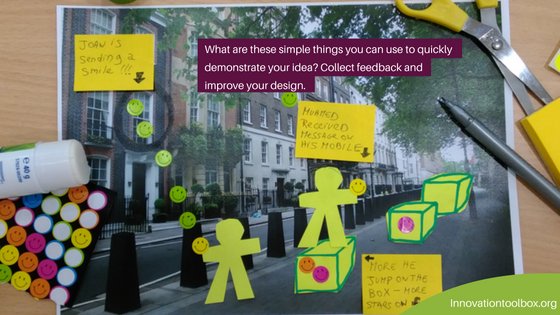
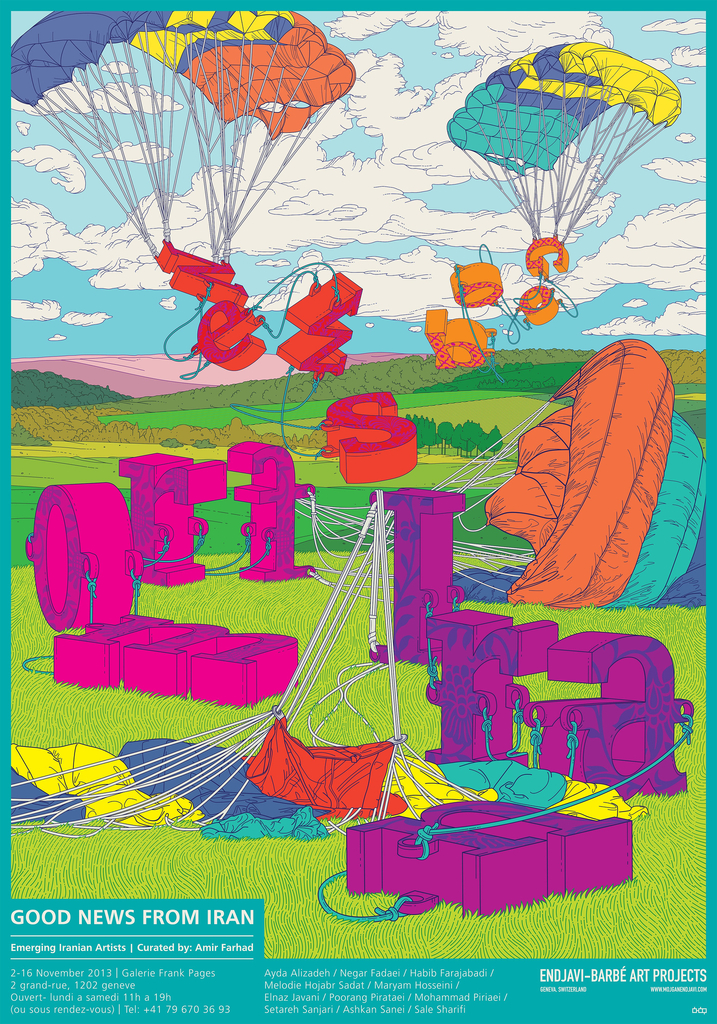 Notes
Notes1. David Berliner, ìThe Field Trip: Frill or Essential?î Instructor 94, no. 9 (1983): 14-15.
2. Roberta McKay, ìChildrenís Construction of Meaning in a Thematic Unit.î Doctoral Dissertation, University of Alberta, Edmonton (1990).
3. National Council for the Social Studies, Expectations of Excellence: Curriculum Standards for Social Studies (Washington, DC: NCSS, 1994).
4. ìIdentify Community Helpers,î Curriculum Review 37, no. 5 (January 1998): 10.
5. Andrew V. Beale and Donna G. Nugent, ìThe Pizza Connection: Enhancing Career Awareness,î Elementary School Guidance and Counseling 30, no. 4 (1996): 294-304.
6. Linda Feldmann, ìA Preschool Visits a Shelter,î Christian Science Monitor 89, no. 67 (1997): 13.
7. ìCareers Exploration Project Brings Moms to Class, or the Class to Them,î Curriculum Review 32, no. 9 (1993): 15.
8. Janet Alleman and Jere Brophy, Social Studies Excursions, K-3: Powerful Units on Food, Clothing, and Shelter (Portsmouth, NH: Heinemann, 2001): 125-129.
9. Jesus Garcia and John U. Michaelis, Social Studies for Children: A Guide to Basic Instruction, 12th ed. (Needham Heights, MA: Allyn & Bacon, 2001): 68, 288;
10. Howard Gardner, ìReflections on Multiple Intelligences: Myths and Messages,î Phi Delta Kapan 77 (1995): 200-203, 206-209.
Suggested Readings
Bischoff, Henry. ìA Walking Tour of an Ethnic Neighborhood: Communities as Outdoor Classrooms for Teaching Immigration History,î Social Studies 76, no. 5 (1987): 202-205.
 Clark, Penney. ìBringing the Outside In: Using Community Resources to Teach Social Studies,î In R. Case and P. Clark, eds., The Canadian Anthology of Social Studies: Issues and Strategies for Teachers. Vancouver, BC: Vancouver: Pacific Educational Press, 1999, 377-388.
Clark, Penney. ìBringing the Outside In: Using Community Resources to Teach Social Studies,î In R. Case and P. Clark, eds., The Canadian Anthology of Social Studies: Issues and Strategies for Teachers. Vancouver, BC: Vancouver: Pacific Educational Press, 1999, 377-388.Cox, III, Charles C. ìThe Field Trip as a Positive Learning Experience for the Learning Disabled,î Social Education 57, no 2 (1993): 92-94.
M. Gail Hickey is a professor of education at Indiana University-Purdue University Fort Wayne.
Figure 1. Linking Social Studies Strands to Themes for a Field Trip.

| Curricular Strand | Field Trip Theme |
| Culture | Cultural traditions, folkways, and belief systems |
| Time, Continuity, and Change | Historical sites, landmarks, and how they got there |
| People, Places, and Environments | Landforms, human interaction with the environment |
| Individual Development and Identity | Changes in laws and customs over time |
| Individuals, Groups, and Institutions | Community leaders and neighborhoods |
| Power, Authority, and Governance | Government agencies and officials |
| Production, Distribution, and Consumption | Consumer institutions, business, and industry |
| Science, Technology, and Society | Transportation, tools for communication |
| Global Connections | Environmental concerns, interdependence |
| Civic Ideals and Practices | Citizen involvement in public issues |

